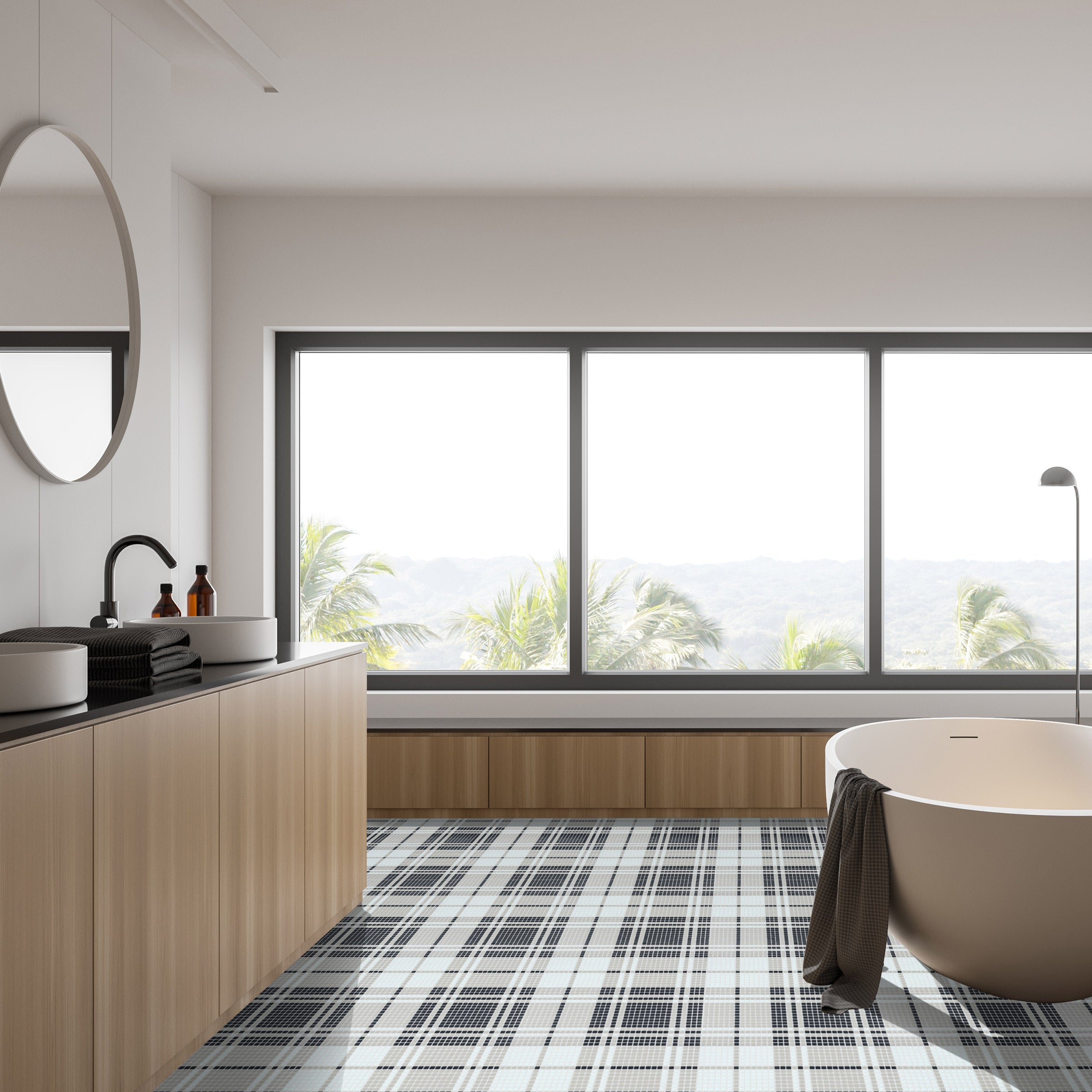
Marble vs Limestone vs Travertine: Understanding the Differences and Choosing the Right Stone for Your Space
- Tony B
When it comes to natural stone options for architectural and design projects, there are several stunning choices available. Marble, limestone, and travertine are three popular stones that often leave homeowners and designers wondering which one is the best fit for their space. In this blog, we will explore the unique characteristics and qualities of each stone to help you make an informed decision.
1. Marble:
Marble is renowned for its timeless elegance and luxurious appeal. Formed from limestone under intense heat and pressure, marble features distinct veining patterns and a polished finish that adds a touch of grandeur to any room. Its wide range of colors, from classic white to striking black, along with its vibrant veining and variations, make it a preferred choice for countertops, flooring, and decorative elements. However, it's important to note that marble requires regular maintenance to preserve its beauty, as it is softer and more porous than other stones, and can be prone to scratching and staining.
2. Limestone:
Limestone is a versatile sedimentary rock that offers a more natural and earthy aesthetic. With colors ranging from soft creams to warm browns, limestone brings a sense of warmth and tranquility to any space. It is valued for its durability and versatility, making it suitable for both indoors and outdoors. Limestone is commonly used for flooring, wall cladding, and decorative accents due to its ability to withstand various environmental conditions. While it is generally less prone to scratching compared to marble, proper sealing and maintenance are necessary to protect it from staining and etching caused by acidic substances.
3. Travertine:
Travertine is a type of limestone characterized by its unique porous texture and natural beauty. Formed in mineral springs, it has a distinctive appearance with naturally occurring holes and troughs. Its earthy tones, ranging from creamy beige to warm tan, create a rustic and inviting ambiance. Travertine is commonly used for flooring, countertops, showers, and outdoor projects such as patio pavers and pool decks. As with other natural stones, travertine requires regular sealing to protect it from staining and wear.
Choosing the Right Stone:
Selecting the ideal stone for your project depends on various factors, including your desired aesthetic, the intended application, and maintenance considerations. Here are a few key points to consider:
- If you seek a luxurious and polished look with intricate veining patterns, marble is an excellent choice for indoor applications.
- For a more natural and earthy appearance that offers durability, limestone works well for both indoor and outdoor projects.
- If you prefer a rustic and textured look with unique surface variations, travertine adds character to both indoor and outdoor spaces.
Conclusion:
Understanding the differences between marble, limestone, and travertine is crucial when deciding on the right stone for your space. Whether you prioritize elegance, durability, or a rustic aesthetic, each stone offers its own unique qualities. By considering factors such as desired aesthetics, durability, maintenance requirements, and the specific application, you can confidently choose the stone that will bring beauty and lasting appeal to your space.

















